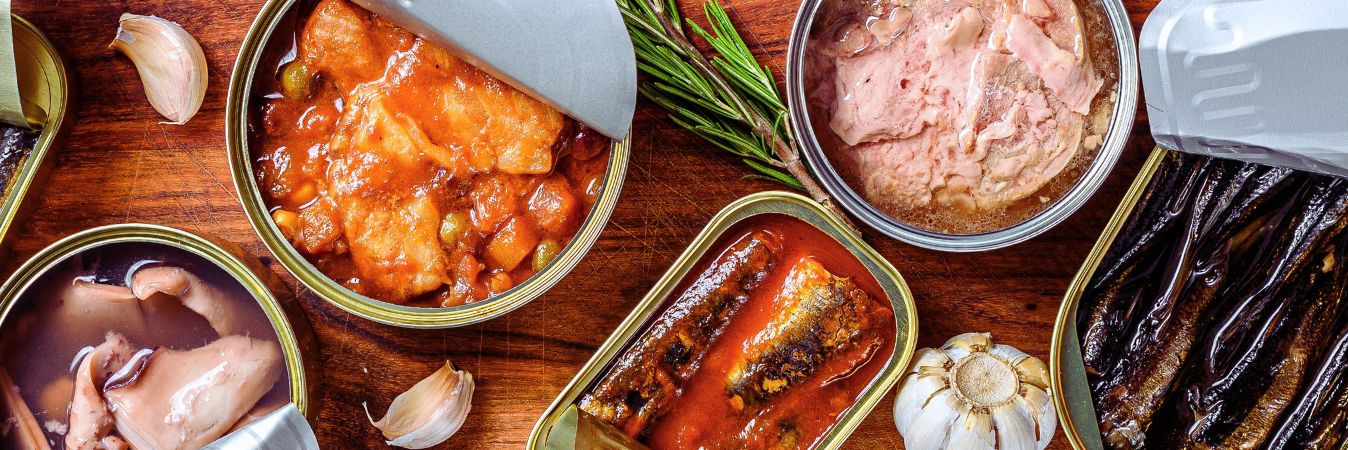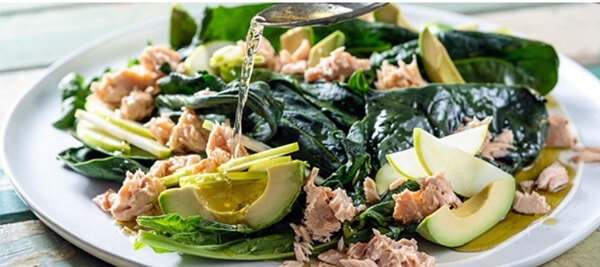Canned tuna is making a comeback on the menu and in the grocery aisle! Don't sleep on this budget-friendly sustainable classic as you meal plan for the week. A small can packs a big nutritious punch, our favorite dietitian partners recommend canned tuna as a high-quality source of omega-3s and protein that can easily be added to a variety of adult and kid-friendly recipes.
We've put together this guide to help you navigate how to shop for MSC certified sustainable canned tuna and inspire you to dive into some new delicious canned tuna recipes.
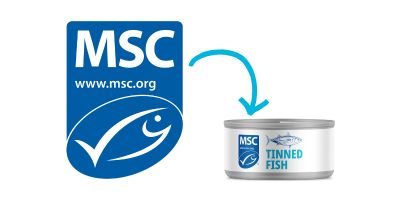
Find out where to buy MSC certified sustainable canned tuna near you.
How many types of tuna are there?
There are five main species of tuna: albacore, bigeye, bluefin, skipjack, and yellowfin. Each species has distinct characteristics and only some are found in canned tuna products.
Bluefin tuna: Bluefin is the kingpin of the tuna family renowned for fetching six-figure sums from exclusive restaurateurs. It has a history of severe overfishing, and has been removed from most restaurant menus in North America and Europe.
Skipjack tuna: Often labeled 'Chunk Light' in America. Its small, tender chunks are perfect for canning and its darker flaky meat has a distinct, strong fish flavor.
Albacore tuna: A deli favorite, Albacore is a light-fleshed tuna increasingly found in attractively labeled jars and retro tins with extra virgin olive oil. It comes in larger chunks than skipjack, has a subtle, delicate flavor and drier, meaty texture.
Yellowfin tuna: This is the tuna most commonly served raw or cooked in European restaurants and the best-selling or most widely consumed MSC-certified tuna in the US. Ruddy colored and its medium-to-mild flavor also makes it an ideal candidate to be marinated.
Bigeye: Bigeye has fattier flesh than yellowfin with marbling near the skin and a more pronounced richer flavor. Bright red and firm it makes excellent sashimi and meaty steaks.
Did you know: A quarter of the world’s tuna, including half of the global population of skipjack tuna, comes from the Marshall Islands and nearby island nations in the central Pacific Ocean.
Is tuna healthy?
According to the Seafood Nutrition Partnership, tuna is a source of high-quality protein that’s loaded with nutrients like vitamin D, selenium, iodine, and heart-healthy omega-3 fatty acids. Health benefits vary by species. For example, albacore is highest in omega-3s, but yellowtail as almost no fat, so it is lower in omega-3s.
Canned Tuna Recipes featuring MSC certified tuna
White Bean and Canned Tuna Salad with Basil Vinaigrette | Prep time: 15 minutes

Loaded with protein-rich lima beans, crunchy cucumbers, and cherry tomatoes, this tuna salad can be made ahead of time and has a long shelf life.
Spinach Salad Bowl with Crispy Chickpeas, Mint, and Canned Tuna | Prep time: 15 minutes
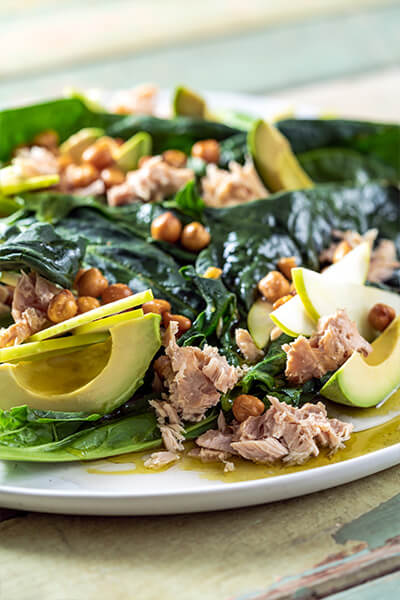
The mix of lush, leafy greens, crispy chickpeas, and fresh avocado serves as the perfect backdrop for flavorful, MSC certified sustainable tuna.
Canned Tuna and Watermelon Salad with Olive, Feta, and Mint | Prep time: 15 minutes
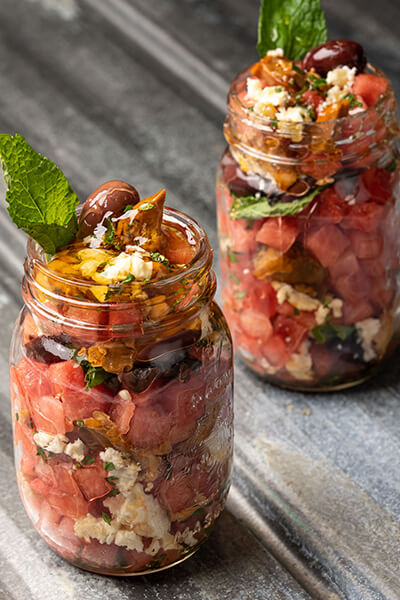
This mouth-watering salad featuring crunchy watermelon is the perfect easy weekday lunch!
Canned Tuna Panzanella Salad | Prep time: 10 minutes
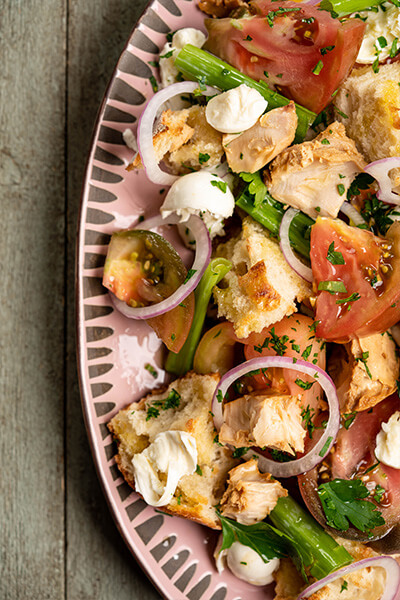
This take on a Tuscan Salad replaces traditional anchovies with canned tuna. To replicate the oiliness of anchovies, use MSC certified sustainable tuna packed in olive oil. And don’t toss that oil! It’s packed with tons of flavor that will enhance your salad even more.
Sustainable Tuna facts
- Skipjack tuna is the smallest and most abundant of the major commercial tuna species, growing up to around a metre in length
- Yellowfin tuna can grow to more than two metres and weigh close to 200 kilograms
- Almost half of the global tuna catch is caught in the Western Central Pacific Ocean
- Tuna is an extremely large fish. The biggest tuna catch to date was in Aulds Cove off Nova Scotia by Ken Fraser in 1979. It was an Atlantic bluefin, at the record weight and length of 679kg (1,497lb) and 3.7m (12ft). That’s almost as heavy as a truck!
- All the tuna we eat is caught wild from the ocean. Tuna are carnivores at the top of the food chain, so it is vital to look after the whole ocean ecosystem. For a tuna to gain 1 kilo requires roughly 10 kgs of mid-size fish, 100 kilos of small fish, 1000 kilos of small plant-eaters (herbivores such as zooplankton) and 10000 kilograms of phytoplankton.
- Tuna is a global commodity, accounting for more than 8% of the global seafood trade. By 2027, the canned tuna market could be valued at as much as $US 11.89 bn.
- Tropical skipjack can reproduce from about 2 years old and an adult female can spawn as many as 2million eggs daily, and any time of year. Once fertilised, the tiny eggs hatch within a day, floating on the ocean currents as zooplankton. Tuna in cooler waters have a longer lifecycle, for example, albacore tuna in the Indian Ocean, is usually 5-6 years old before reproducing, spawning every 2.2 days from November to January with females releasing as many as 2.6 million eggs.
Is sustainable tuna dolphin-friendly?
Most tuna species have nothing to do with dolphins. Yellowfin tuna are associated with dolphins in parts of the Pacific Ocean, where the species often swim close together.
In these places, dolphins swim near the water surface, with yellowfin tuna up to 150 metres below. The reasons for this flocking behavior are uncertain and are only observed in older yellowfin tuna.
Historically, fishers in the Eastern Tropical Pacific near Central America have used the presence of dolphins to find yellowfin tuna.
Tuna in the Eastern Tropical Pacific is usually caught with purse seine nets, which surround a school of fish before being pulled together. Because dolphins swim above tuna, accidental catch (bycatch) of dolphins has been high in the region.
In 1989, the dolphin bycatch for Mexican purse seine tuna fisheries was 132,000 animals. A new strategy was needed and more selective fishing methods were introduced. Between 1985 and 1997 dolphin mortalities dropped by 99%.
Since 2017, the Northeastern Tropical Pacific Purse Seine yellowfin and skipjack tuna fishery have been MSC certified.
Dolphin safe, or dolphin-friendly labels mean that tuna has come from boats with no interaction with dolphins. These labels don’t provide any reassurance about the wider impacts of tuna fishing.
Whereas the MSC blue fish tick label means that the tuna was caught with consideration for the wider marine environment, including impacts on species such as dolphins.

